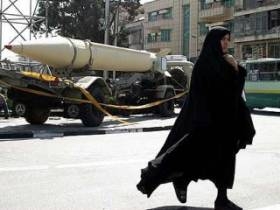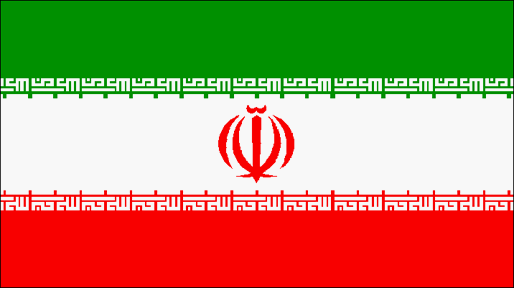
The Shahab-2 is a modified version of the Scud C. The U.S. Air Force listed "fewer than 50" Scud C launchers deployed as of March 2006.
In 1990, Iran is reported to have arranged for delivery of Scud-Cs, as well as North Korean assistance in setting up an assembly and manufacturing facility. Syria may also have received shipments of the Scud-C along with launchers, beginning in April 1991. A North Korean freighter in the Spring of 1992 shipped from the "North Korea port of Dae-Hung-Ho to the port of Bandar Abbas (Iran where they were then flown) to Syria", the missile parts to Iran. This was one of the documented shipments of Scud based parts to Iran. The initial launch in May of 1991 of a North Korean, Scud-C took place from a launch center near "Qom" south east of Teheran, Iran and impacted about 310 miles east of there in an impact zone south of Shahroud.
An extended range version of the Mod-B, the Scud Mod-C (500-700 km/1,000-700 kg), with upgraded inertial guidance, was subsequently purchased from North Korea and by 1994 Iran may have stocked as many as 200 of these missiles, domestically designated Shahab-2 ["meteor" or "shooting star"-2].
North Korea also aided Iran in converting a missile maintenance facility into an assembly plant for the Mod-Cs. According to some estimates Iran's total inventory of missiles may be as great as 450 Scud-B and Scud-C missiles, though other [perhaps more reliable] estimates place the inventory at approximately 200 missiles. The U.S. Air Force listed "fewer than" 100 Scud B and C launchers deployed as of March 2006.
| Technical Details | |
| Range (km) | 300-500-700 |
| CEP (m) | 50 |
| Diam. (m) | 0.885 |
| Height (m) | 11.37-12.29 |
| Launch Weight
Mass (kg) |
6,370-6,500 |
| Stage Mass (kg) | ? |
| Dry Weight
Mass (kg) |
? |
| Thrust (Kg f) | Effective: ? - SL due to vanes steering drag loss of 4-5 sec. Actual: ? - SL |
| Burn time (sec.) | ? |
| Isp. (sec.) | Effective: 231 - SL Actual: 235 - SL Vac.: 270 |
| Thrust Chamb. | 1 |
| Stages | 1 |
| Fuel | Tonka-250 50% Triethylamine 50% Xylidine/T-1 Kerosene |
| Oxidizer | AK-20P (IRFNA) 27% N2O4 73% HNO3 Different Inhibitor |
| Propellant Mass (kg) | ? |
| Warhead (kg) | 750-989 |
| Type | Tactical |


Shahab-2 missile on parade in Teheran.


